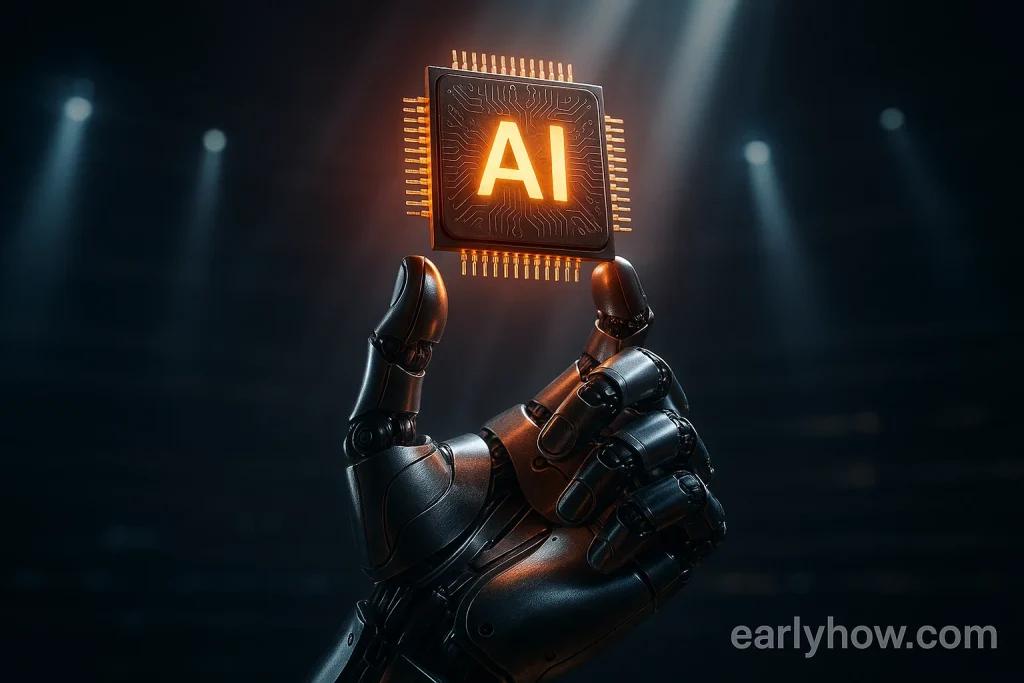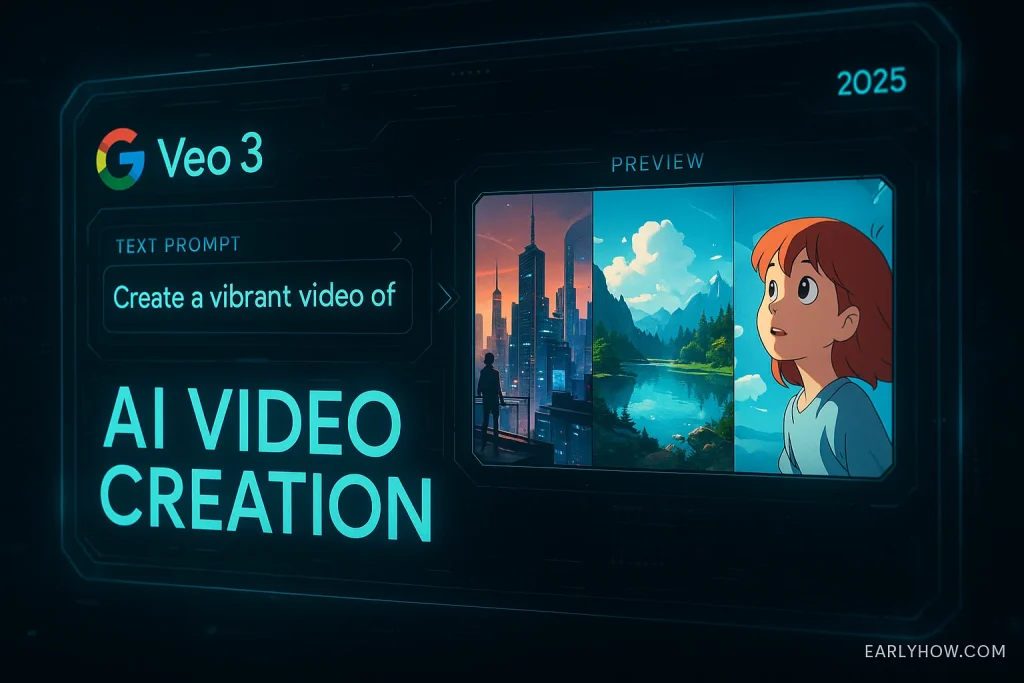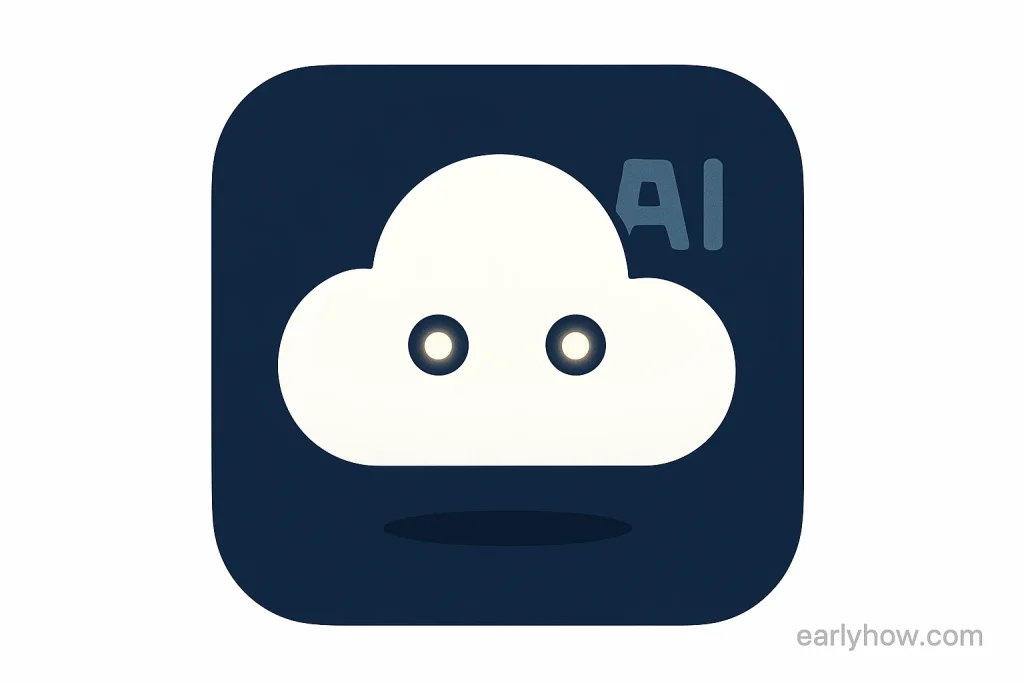OpenAI has just made a major move in the AI hardware space—by teaming up with AMD.
The ChatGPT-maker announced a new partnership with the chip giant to support next-generation AI systems. With this deal, OpenAI plans to secure billions of dollars’ worth of AMD chips to power its growing fleet of AI models and infrastructure.
Looking to explore the best AI tools already changing the way we work and create? From image generation to writing and automation, explore the full list here:
See All Top AI Tools → earlyhow.com/tools
What the Deal Includes
The agreement gives OpenAI access to high-end AMD hardware, starting with the MI300X GPU lineup. These chips are designed for heavy AI workloads like training large language models and running advanced inference at scale.
OpenAI will also work closely with AMD to design and test custom chips, giving it more control over performance and efficiency.
In return, AMD gains a major client—and a chance to challenge Nvidia’s dominance in the AI chip market.
Why This Matters
AI companies like OpenAI need enormous amounts of computing power. Training large models requires powerful chips, massive data centers, and efficient systems that can scale fast.
Until now, Nvidia has supplied the majority of AI hardware used across the industry. But with supply chain pressure and growing demand, OpenAI is now diversifying.
This AMD deal helps OpenAI:
- Expand its compute infrastructure
- Avoid overdependence on a single chip supplier
- Prepare for the next generation of AI models and tools
AMD’s Comeback Opportunity
This is also a big moment for AMD.
By partnering with OpenAI, AMD gets a chance to take market share back from Nvidia—especially in the fast-growing AI accelerator segment.
The MI300X chip is already getting attention for its memory capacity and performance. AMD is also working on tools that help developers optimize workloads for its architecture, which could make switching from Nvidia easier.
A Broader AI Hardware Shift
This deal highlights a bigger trend: the rise of AI-first infrastructure.
AI companies are no longer just focused on software. They are now building custom data centers, training environments, and chip partnerships that shape how future models will run.
OpenAI’s hardware deals reflect that strategy—combining software innovation with better control over compute layers.
Final Thoughts
As AI models become more powerful and more expensive to train, controlling compute resources becomes a strategic advantage.
OpenAI’s alliance with AMD could be a turning point—not just for the company’s future products, but for how the entire industry approaches infrastructure.
What do you think about OpenAI building its own chip pipeline with AMD?
Is this the right move, or should it focus more on software?
Share your thoughts in the comments—we’d love to hear from you.
Stay tuned to EarlyHow.com for more updates on AI hardware, model development, and tools reshaping the industry.



